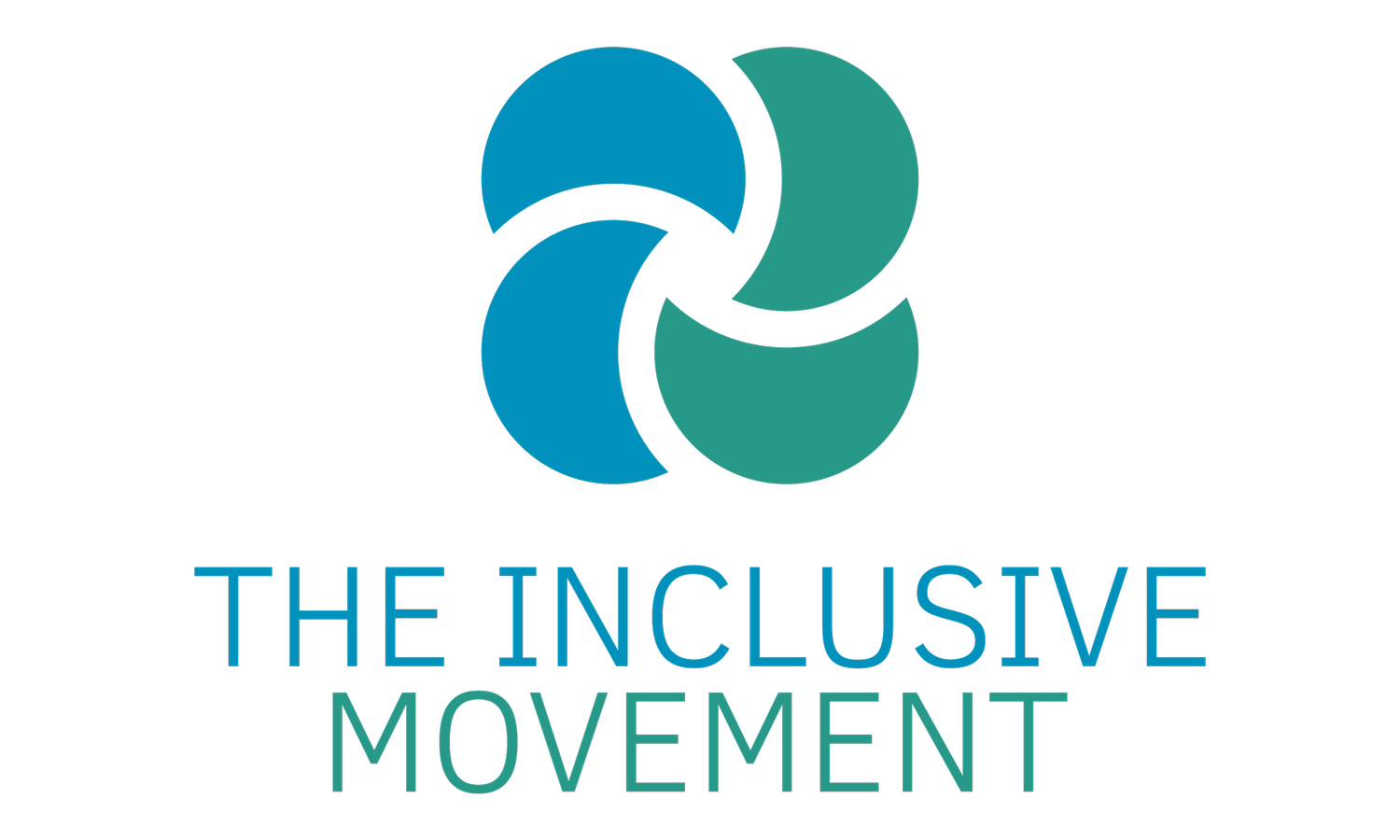What Autism Really Is (And What It Isn’t)
Autism is often misunderstood—shaped more by stereotypes than by the lived experiences of autistic people. While public awareness of autism has grown, accurate and inclusive understanding still lags behind. This blog aims to unpack what autism really is, what it isn’t, and how we can support autistic people using neuro-affirming, person-centered approaches.
What Autism Is
Autism is a neurodevelopmental variation that affects how a person experiences the world. It can influence communication, sensory processing, emotional regulation, thinking styles, and how a person interacts with others.
Autism is a lifelong neurotype—not a disease, disorder or something that needs to be 'fixed'. Autistic people have different brains, and those differences bring both strengths and challenges.
Some people speak, others don’t. Some love socialising, others find it draining. Some need more support with daily tasks, and others don’t. Autism is diverse—there’s no one way to be autistic.
What Autism Isn’t
Let’s clarify a few things autism isn’t:
· - ❌ A behavioural problem
· - ❌ A mental illness
· - ❌ A lack of empathy
· - ❌ Something caused by vaccines or parenting
· - ❌ Always visible or obvious
· - ❌ “an inspiration” or “something to be admired”
These myths harm autistic people by encouraging stigma, exclusion, and harmful intervention approaches. Autistic people can feel deeply, care deeply, and communicate in many different ways—especially when they are in safe, accepting environments.
The Problem With Stereotypes
Media representation often portrays autistic characters as white, male, socially awkward geniuses. But autism exists across all cultures, genders, ages, and abilities. Many autistic people—especially women, non-binary people, and those with intersecting disabilities—are misdiagnosed, undiagnosed or diagnosed late due to these narrow stereotypes and characterizations.
Autism Is a Spectrum (But Not a Linear Line)
When people hear 'spectrum', they often imagine a straight line—mild to severe. But that’s not how autism works.
A better metaphor is a colour wheel: autistic people have different combinations of traits that can vary in intensity from day to day and across environments. Some days a person may need more support, other days less. This is why functioning labels like 'high-functioning' or 'low-functioning' are not only inaccurate—they're harmful.
What Autistic People Want You to Know
💬 'Just because I don’t communicate like you, doesn’t mean I have nothing to say.'
💬 'Please don’t judge me for stimming—it helps me stay regulated.'
💬 'Support me by understanding my needs, not by trying to make me appear “normal.”
Autistic voices must be at the centre of autism education. That’s why campaigns like #AutismInOurOwnWords exist—to ensure people learn with and from autistic people, not just about them.
What the Research Tells Us (Australia)
The Australian Bureau of Statistics (2022) estimates that over **205,000 Australians** are diagnosed with autism. Diagnosis rates are highest among children aged 5–14. The National Disability Insurance Scheme (NDIS) also identifies autism as the most common primary disability category.
The latest research supports neuro-affirming practices, such as co-regulation, communication access, sensory-friendly learning environments, and identity-affirming education (see: Aspect Australia, 2023; Amaze Victoria, 2022).
While the research continues to grow and inform the way we understand and support autistic individuals, a common theme is emerging - Autistic voices are the centre of informing best practice support standards.
Learn More and Share What You've Learned
Understanding autism begins with unlearning the myths. As we celebrate World Autism Month, we invite you to share this post, talk with your school or workplace about inclusive practices, and explore our free resources and downloadable tools.
And if you’re ready to deepen your understanding, our **Autism Across the Lifespan** course is available at 50% off until April 30.
References
Australian Bureau of Statistics (2022). Survey of Disability, Ageing and Carers. Retrieved from https://www.abs.gov.au
NDIS (2023). Quarterly Report to Disability Ministers. Retrieved from https://www.ndis.gov.au
Aspect Australia (2023). Autism-specific inclusive practices. https://www.autismspectrum.org.au
Amaze Victoria (2022). Understanding Autism. https://www.amaze.org.au
